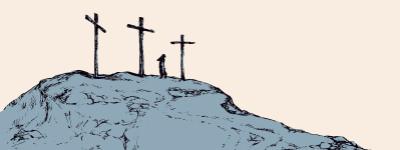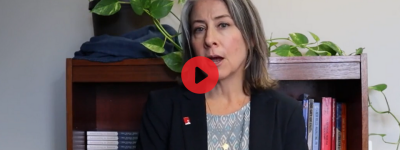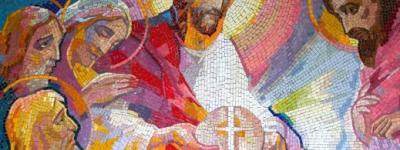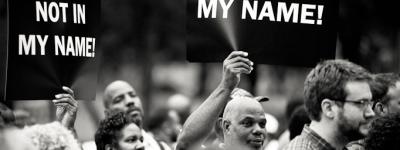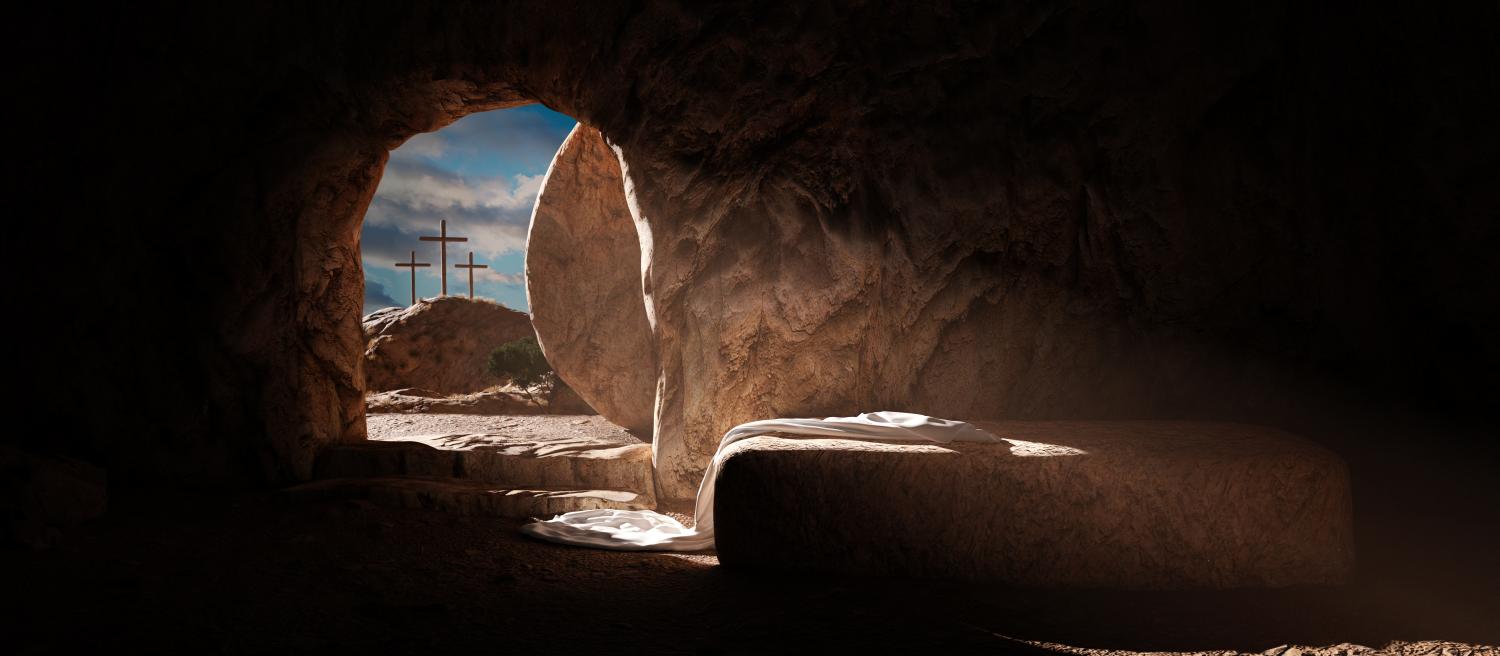
April 16, 2022 | Fr. Larry Dowling | Today's Readings
"They found the stone rolled away from the tomb; but when they entered, they did not find the body of the Lord Jesus." (Lk 24:2-3)
We can all too easily overlook Holy Saturday, seeing it as nothing but a break time between Good Friday and Easter Sunday.
After all, it is our human nature to want to move past the cross as quickly as possible. We don’t want to dwell in the hurt and the pain of Good Friday: Jesus’ betrayal, denial, abandonment, and imprisonment. The way he stood trial amid a crowd jeering and screaming, “Crucify him!” His burden of carrying the object upon which he would be nailed, whipped, and beaten. The way he thirsted and sweated in agony as his life ebbed from his body, crying “My God, my God, why…?” “Forgive them!” and “Into your hands I commend my spirit!”
My friends, the days that followed — the days in the tomb — are crucial for us as Christians to reflect on.
The tomb of Christ holds all the agony and pain of those innocents and scapegoats who have endured suffering like Jesus himself endured.
The tomb is not a bad place; it is a holy place. It is a place where life-sapping pain dwells amid infinite, life-giving love. The tomb is the place where suffering and death coexist with pure and divine love, and where, as the Paschal journey tells us, we ultimately find love victorious.
“He descended into hell,” we recite in the Apostles’ Creed. Yet we should remember that there is no pain so deep that God is not deeper, no love so strong that, when binded to the original source of love, cannot grow into an even greater love.
For those familiar with restorative justice principles, it may be helpful to think of the tomb as a safe space, a brave space, a transformative space — one that invites us to enter in and reverence the suffering and dying Body of Christ in our world. The tomb is where we can trust that, bonded with one another and with the Spirit of love between Father and Son, we can rise repaired, renewed, and resurrected.
Seen in this way, the tomb of Christ becomes like a womb. Here, like the grain of wheat that must die to itself to bear fruit for the world, we may share with Christ our pains, struggles, hopes, and dreams. And from this opening of hearts and minds, this sharing of wisdom and experience, we cannot but bear fruit into the world where we, resurrected, have been sent.
We cannot simply reverence the cross of history some 2,000 years ago and jump straight to Easter. We must dwell both in Good Friday and Holy Saturday, because the cross is still very real today for so many: Black people, people of color, indigenous people, women, LGBTQ+ persons, incarcerated people, returning citizens, and more.
The tomb/womb of Christ is where we must be willing to dwell, that all death might be confronted, all lives repaired, and all of us together might emerge resurrected.



